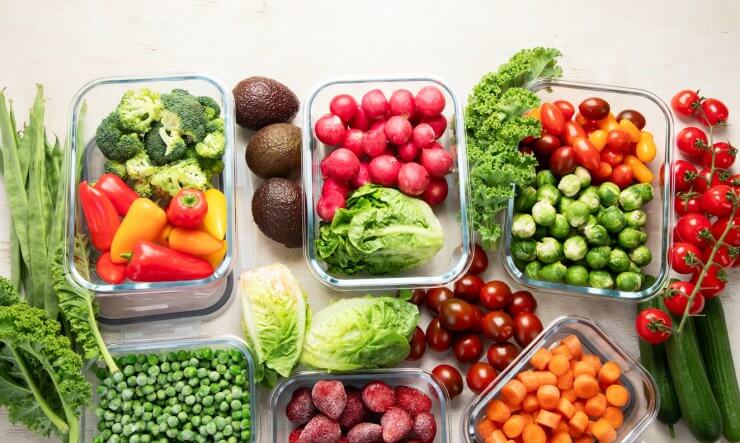
When you’ve spent months nurturing your garden, the last thing you want is for your precious vegetables to wilt, rot, or otherwise go to waste. As a food gardening enthusiast, I’ve picked up a treasure trove of storage secrets that will keep your homegrown veggies—and even those from the farmers market or your favorite grocery store—fresh and delicious for much longer. Whether you’re harvesting an armful of zucchini or snagging a bundle of herbs, these tips will help you make the most of your haul.
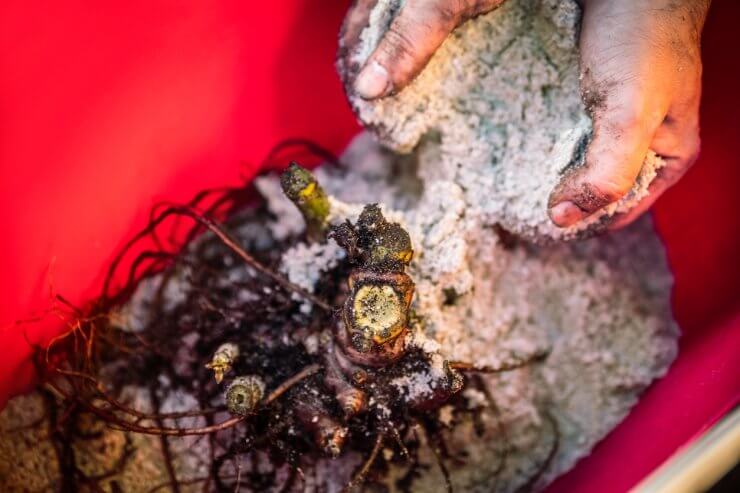
1. Store Root Veggies in Sand
Carrots, beets, parsnips, and radishes thrive when stored in damp sand in a cool, dark space. Think of it as a veggie spa day that keeps them crisp for months.
2. The “Breathing Bag” Trick for Leafy Greens
Wrap greens like spinach, kale, and lettuce in a paper towel to absorb moisture, then store them in a perforated plastic bag. Airflow is key to avoiding slimy surprises.
3. Onion and Garlic in Pantyhose
Tie knots between each onion or garlic bulb in a clean pair of pantyhose, then hang them in a cool, dry spot. They’ll stay fresh and flavorful for up to six months.
4. Keep Potatoes in the Dark
Store potatoes in a cardboard box or basket in a dark, cool area. Keep them away from onions—they emit gases that can cause spuds to sprout.
5. Celery in Foil
Wrap celery tightly in aluminum foil before placing it in the fridge. This prevents moisture loss, keeping your stalks crisp for weeks.
6. Basil’s Sweet Spot
Treat basil like fresh flowers: trim the stems, place them in a jar of water, and cover loosely with a plastic bag. Leave it on the counter—never in the fridge.
7. Cabbage Longevity
Cabbage is a champ at staying fresh. Remove outer leaves and store the head in the fridge’s crisper drawer. It can last up to two months!
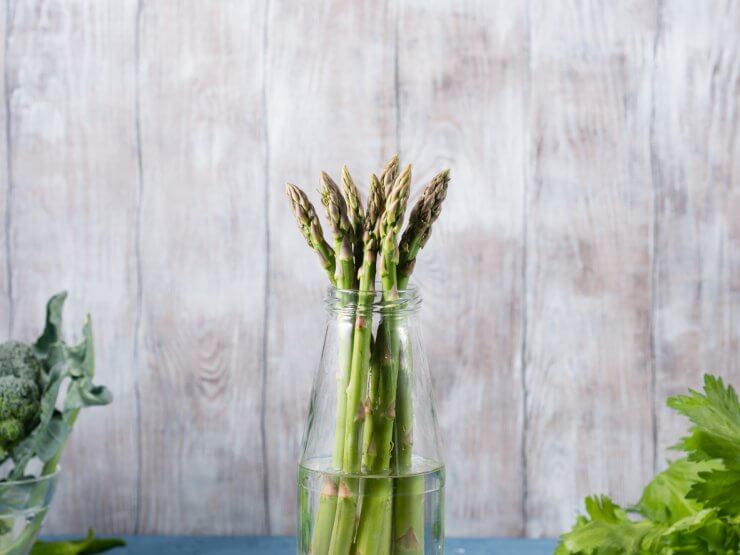
8. Asparagus in a Vase
Place asparagus upright in a jar with an inch of water, then cover it loosely with a plastic bag. Keep it in the fridge to maintain its snap.
9. Dry the Herbs
Dry herbs like oregano, thyme, and rosemary by hanging small bunches upside-down in a dry, well-ventilated area. Once crisp, store them in airtight jars for months of flavorful cooking.
10. Zucchini and Summer Squash Spacing
Store zucchini and summer squash in a single layer in the fridge, not piled up. Crowding speeds up spoilage.
11. Tomato Therapy
Ripen green tomatoes on the counter in a brown paper bag with a banana. Once ripe, store them at room temperature—refrigeration can ruin their flavor.
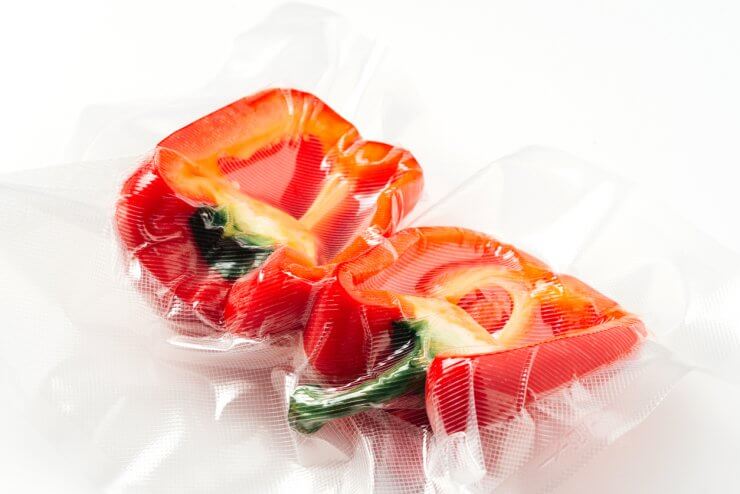
12. Vacuum-Seal Peppers
Slice and freeze bell peppers in airtight freezer bags or use a vacuum sealer. They’ll be recipe-ready for soups, stir-fries, or fajitas.
13. Winter Squash’s Secret
Butternut, acorn, and spaghetti squash love cool, dry conditions. A pantry shelf or garage works wonders, keeping them fresh for months.
14. Keep Corn Sweet
Corn starts losing sweetness the moment it’s picked. Store it with the husks on in the fridge and eat it as soon as possible for the best flavor.
15. Radish Revival
If radishes get limp, revive them by soaking them in ice water for an hour. They’ll perk right back up.
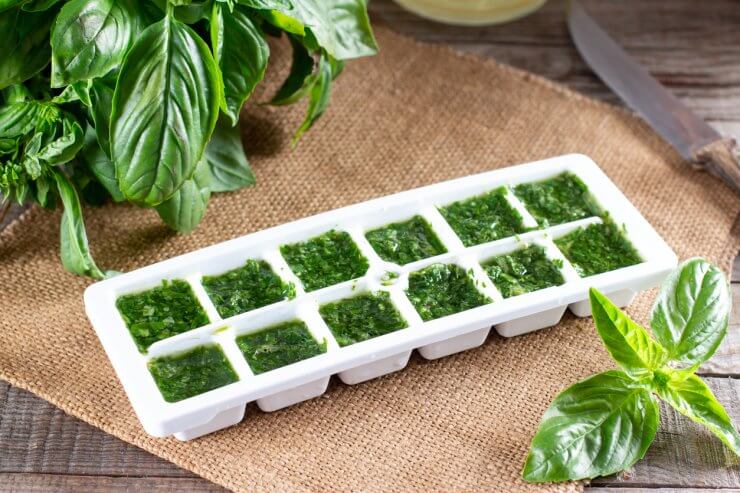
16. Freeze Fresh Herbs
Chop herbs like parsley or cilantro and freeze them in olive oil using an ice cube tray. Pop a cube into soups or stews for instant garden-fresh flavor.
17. Sweet Potato Perfection
Store sweet potatoes in a cool, dark place—but not the fridge. They like it slightly warmer than regular potatoes.
18. Broccoli Bouquet
Place broccoli stems in a jar with water, just like asparagus. Cover loosely and refrigerate. You’ll be amazed how long it stays fresh.
19. Mushrooms in Paper
Ditch the plastic! Store mushrooms in a paper bag in the fridge to prevent sliminess.
20. Freeze Kale Chips
Make kale chips, cool them completely, and freeze in airtight containers. They’ll stay crispy for months.
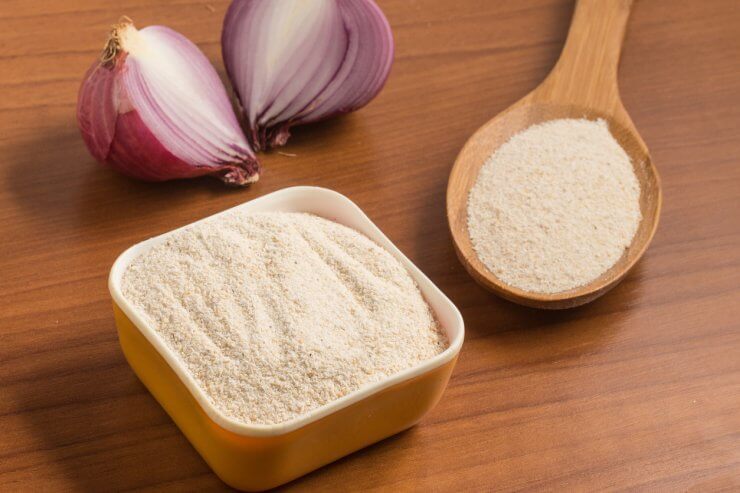
21. Onion Powder at Home
If you’ve got a bumper crop of onions, dehydrate thin slices and grind them into powder. Store in a jar for seasoning magic.
22. Carrot Tops for Pesto
Don’t toss carrot tops! Blend them into a vibrant pesto and freeze in small portions.
23. Green Beans Blanch and Freeze
Blanch green beans briefly in boiling water, then freeze. They’ll retain their vibrant color and crispness.
24. Pea Pods in the Freezer
Shell peas, blanch, and freeze them for a taste of spring all year round.
25. Eggplants Need Coolness
Eggplants store best in a cool (but not cold) spot. Avoid refrigeration unless you’ll use them within a few days.
26. Turnips Like the Fridge
Wrap turnips in a damp cloth and store in the crisper drawer. They’ll last weeks.
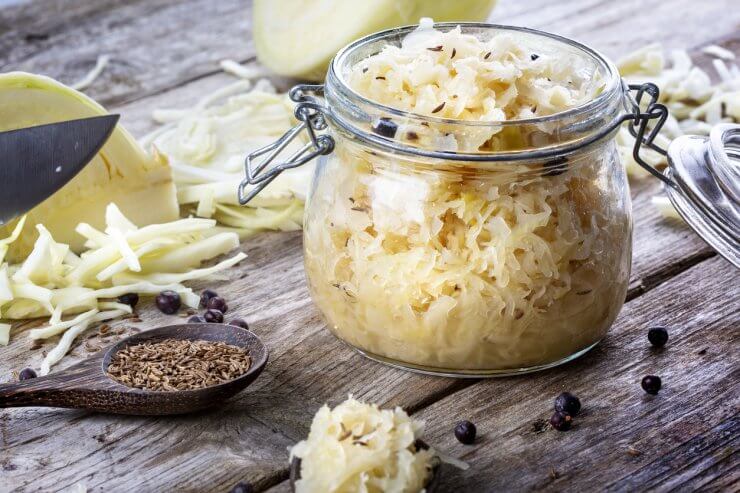
27. Preserve the Harvest with Fermentation
Ferment cabbage into sauerkraut or turn cucumbers into pickles. Fermentation not only preserves veggies but also adds a gut-health boost.
Bonus Tips for the Savvy Gardener
- Label and Rotate: Always label your stored veggies with the date and use the oldest ones first.
- Check Regularly: Inspect your stored produce weekly. Remove anything that’s starting to go bad to prevent spoilage from spreading.
- Cooler, Dryer, Longer: Cool, dark, and dry conditions are your best friends for long-term storage.
Whether your bounty comes from the garden, a farmers market, or the produce aisle, these secrets will keep your veggies fresh, flavorful, and ready for whatever culinary masterpiece you’re planning. Happy storing!


 Previous
Previous

